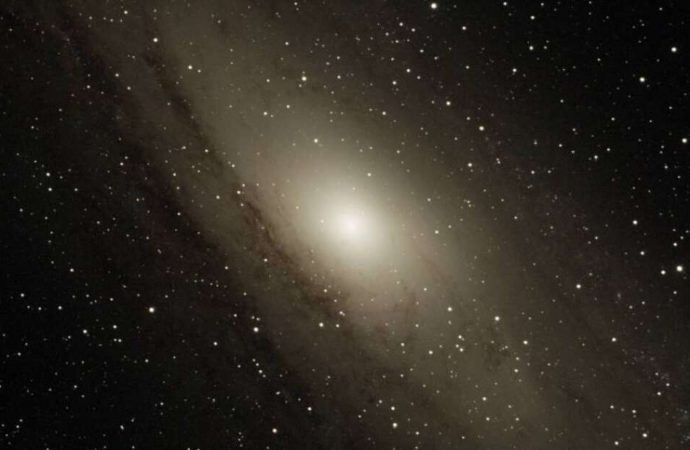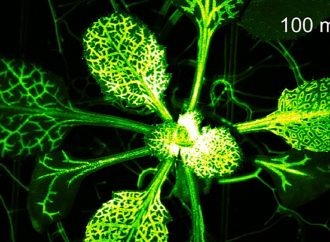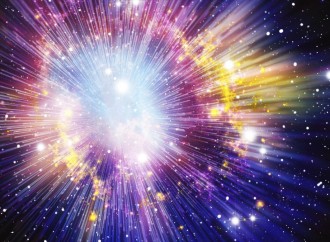Despite the vast numbers of galaxies we can study, astronomers have struggled to make sense of their evolution. In particular, there is the question of what causes some galaxies to “die”, ceasing star formation, but the galactic structure and black hole size may provide an answer.
Source: IFL Science
Long after astronomers consider a galaxy dead its stars will go on shining and may, for all we know, host intelligent beings. However, the brightest and bluest stars have the shortest lives. Consequently, fairly soon after star formation ceases a galaxy will be composed entirely of fainter and more reddish stars, like some boring bar all the hip young things have left.
The process where new stars cease to be formed is called quenching; astronomers have puzzled over why it initiates in some galaxies much quicker than others. Encounters with smaller galaxies can help keep a galaxy alive, we know, but most life comes from gas falling from the galactic halo onto the disk where it condenses into stars. A paper in The Astrophysical Journal proposes a reason why this often ceases long before the gas has run out.
Galaxies with larger supermassive black holes appear to quench earlier. This is not because a black hole consumes all the gas, leaving nothing left to form stars – even the hungriest black holes don’t do that for large galaxies. Instead, a popular theory proposes black holes release energy as they feed, and those that do this rapidly enough emit so much heat the halo gas becomes too hot to collapse onto the disk.
“The idea is that in star-forming galaxies, the central black hole is like a parasite that ultimately grows and kills the host,” Professor Sandra Faber of the University of California, Santa Cruz said in a statement. “That’s been said before, but we haven’t had clear rules to say when a black hole is big enough to shut down star formation in its host galaxy.”

It’s those rules Faber and colleagues think they have supplied. They argue the mass of all the stars in the galaxy, and the galactic radius, form the missing variables.
Galaxies with a large radius for their mass have smaller black holes, Faber claims, because the stars are more dispersed and there are less in easy range for it to consume. For these dispersed galaxies it takes a long time before the black hole gets large enough to release enough energy to heat the in-falling gas sufficiently to initiate quenching. In the meantime, star formation continues.
Quenching begins, Faber says, when the black hole emits energy equal to four times the gravitational energy holding the galactic halo gas in place. Once black hole emissions are 20 times this binding energy, the galaxy becomes fully quenched, or dead, as the more tactless put it.
The theory explains our own galactic situation. The Milky Way and nearby Andromeda Galaxy each have far more mass than all the other members of the local group combined, yet our home is still lively with new stars just beginning to enter the quenching stage. Andromeda, of similar mass but with a black hole 50 times as massive as our own, is almost fully quenched.
Source: IFL Science

































Leave a Comment
You must be logged in to post a comment.